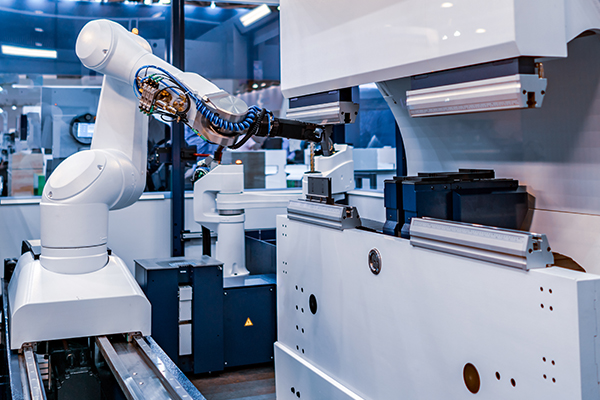The basic vacuum generator is a core component in modern pneumatic systems. It is essentially a compact device that uses the energy conversion of compressed gas flow to generate negative pressure. Through a specific flow channel design, it allows high-speed airflow to form a low-pressure area in the expansion section, thereby achieving the entrainment effect on the surrounding gas and establishing a vacuum state below the ambient pressure in the closed cavity. This type of generator is usually composed of a single nozzle structure, without a complex control unit or feedback mechanism, and relies on its physical structure to achieve the core function of pressure conversion.
In the industrial automation system, it serves as a basic negative pressure source to provide simple and reliable vacuum power for process links such as adsorption and fixation. Its value lies in directly converting the widely distributed compressed air network in the factory into vacuum output capacity, avoiding the complex configuration of an independent vacuum pump system. This integrated design concept gives it a significant advantage in mobile devices or distributed workstations with limited space, and is particularly suitable for lightweight and intermittent operation scenarios.
The basic generator is modular and can be quickly integrated into the pneumatic circuit through a standard interface. Its construction without mechanical moving parts gives it an inherent maintenance-free feature, and with the chemical-resistant material option, it can adapt to interference factors such as oil mist and dust in conventional manufacturing environments. In standardized processes such as precision placement of electronic components, positioning of flexible materials, and handling of small workpieces, it achieves physical interaction through actuators such as vacuum suction cups, forming the basic functional unit of the automated production line.


